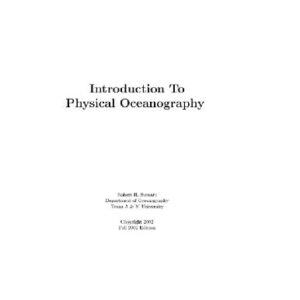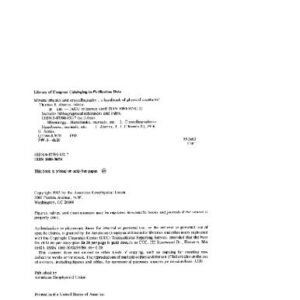During the past decade interest in the formation of complex disorderly patterns far from equilibrium has grown rapidly. This interest has been stim? ulated by the development of new approaches (based primarily on fractal geometry) to the quantitative description of complex structures, increased understanding of non-linear phenomena and the introduction of a variety of models (such as the diffusion-limited aggregation model) that provide paradigms for non-equilibrium growth phenomena. Advances in computer technology have played a crucial role in both the experimental and theoret? ical aspects of this enterprise. Substantial progress has been made towards the development of comprehensive understanding of non-equilibrium growth phenomena but most of our current understanding is based on simple com? puter models. Pattern formation processes are important in almost all areas of science and technology, and, clearly, pattern growth pervades biology. Very often remarkably similar patterns are found in quite diverse systems. In some case (dielectric breakdown, electrodeposition, fluid-fluid displacement in porous media, dissolution patterns and random dendritic growth for example) the underlying causes of this similarity is quite well understood. In other cases (vascular trees, nerve cells and river networks for example) we do not yet know if a fundamental relationship exists between the mechanisms leading the formation of these structures.
Physical
[PDF] Growth Patterns in Physical Sciences and Biology Mitsugu Matsushita, Masahiro Ohgiwari, Tohey Matsuyama (auth.), Juan Manuel Garcia-Ruiz, Enrique Louis, Paul Meakin, Leonard M. Sander (eds.)
$19.99






Reviews
There are no reviews yet.